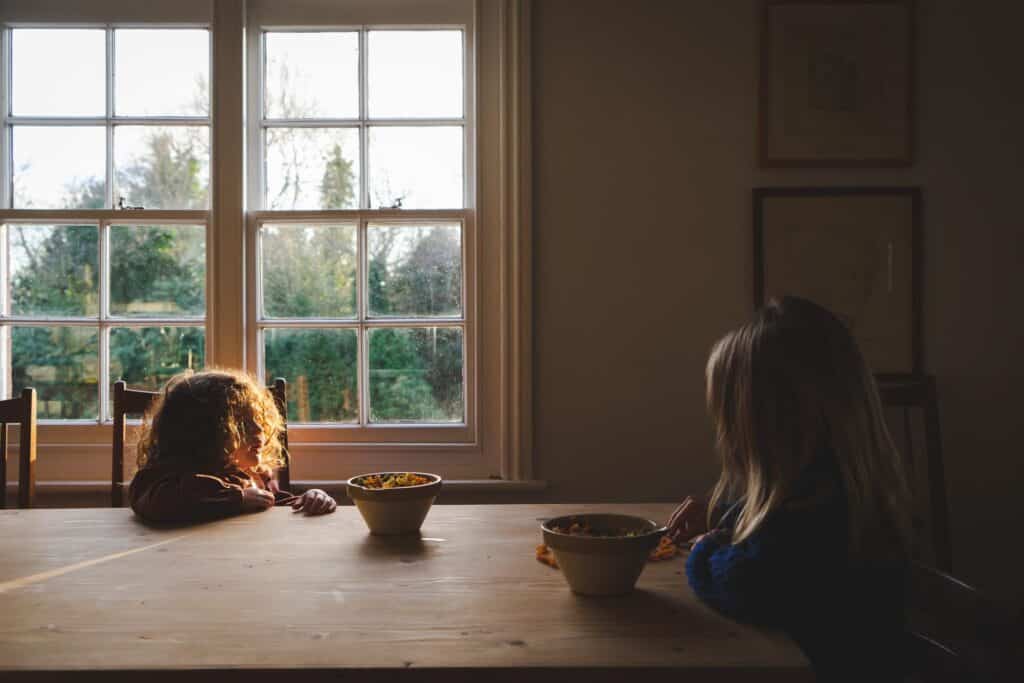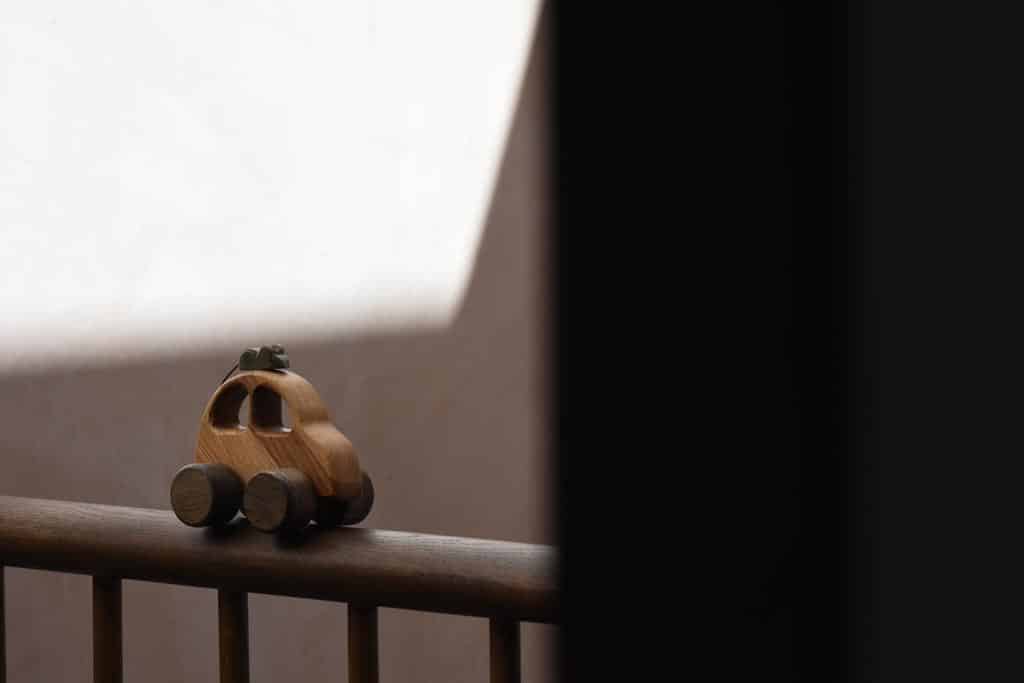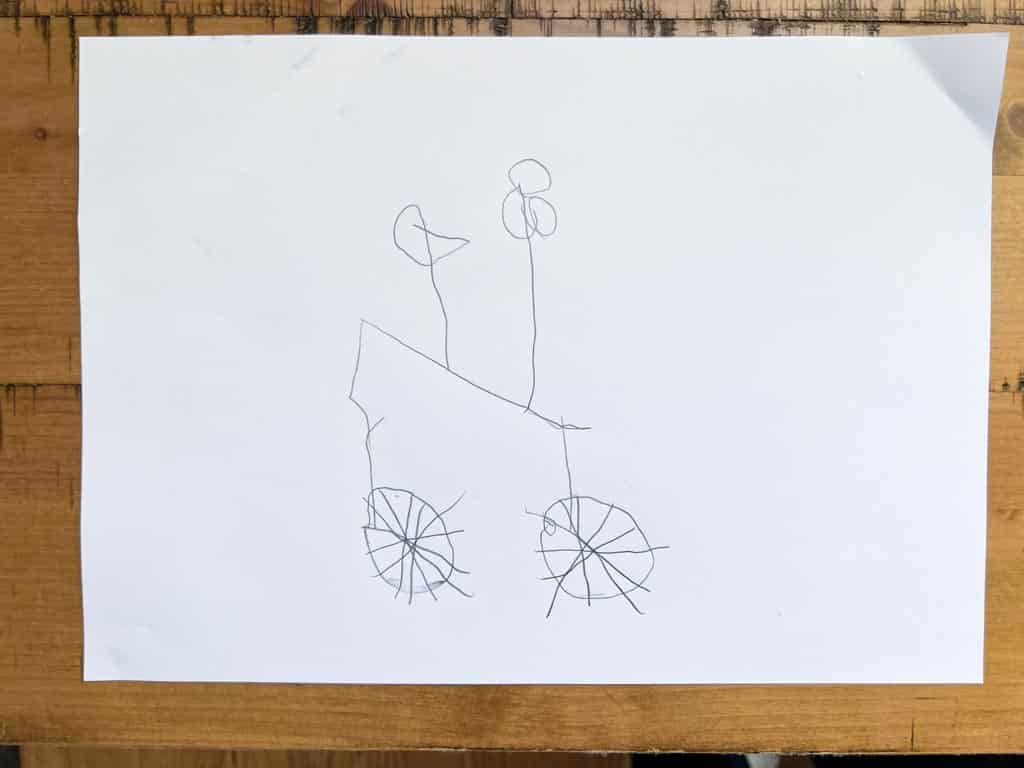Your child is painting a picture.
She mixes some paint, pouring red into yellow.
As she swirls her brush the colours combine. At first, the colours form discrete streaks but they soon interminigle and she has a beautiful pot of vibrant orange.
But something is going on. The paint is not transferred to the page. There is no picture.
She carries on mixing.
And mixing. Pouring in more and more. More red. Stir. More yellow. Stir.
You try to keep your cool. Why is she wasting the paint?
What is going on? What does she find so fascinating?
Your child is exploring the transformation schema.
What are schemas?
Is your child drawn to certain patterns of play, repeating them over and over again. This repetition is not a sign of lack of imagination, rather it is a crucial part of your child’s cognitive development. Your child is exploring what we refer to as “schemas” – a term coined by developmental psychologist Jean Piaget. Schemas refer to patterns of repeatable behaviour which allow children to explore and express developing ideas and thoughts through their play and exploration. And the idea of schemas goes further than play. We use them to make sense of all aspects of the world around us, including how we relate to others. As children, we learnt about relationships from our primary caregivers. If we had any difficulties, as adults we might benefit from schema therapy.
What is the Transformation Schema?
Children are fascinated by change. How does it come about? What is the difference between before and after? Can the change be reversed? From seemingly simple activities like mixing paints to create new colours, to more complex explorations like constructing a makeshift fort from sofa cushions, the transformation schema is at work.
Other examples include:
- Playing with mud, exploring how dry dirt becomes wet and squelchy as water is added.
- Cooking play, eagerly mixing and stirring pretend ingredients.
- Putting on clothes, exploring the transformation from undressed to dressed.
- Mixing food, enjoying how solids can be transformed into a gooey mess.
The Relationship with Other Schemas
Where does one schema end and another begin? For instance, the enveloping schema (covering or wrapping objects) can often be seen hand in hand with transformation as children might paint over a piece of paper, transforming its colour and appearance. Similarly, the transporting schema may come into play as a child moves sand from one bucket to another, observing how its form changes as it is poured.
Fostering Your Child’s Transformation Schema Exploration
As parents, your role in supporting your child’s exploration of the transformation schema is crucial. Here are some tips on how to encourage and facilitate this type of play.
- Embrace the Mess: The transformation schema often involves a level of mess, but remember, it is through this chaos that your child is learning. So whether it’s a kitchen filled with baking ingredients or a garden turned into a mud pit, remind yourself that this is learning in action.
- Provide the Right Resources: Stock up on materials that lend themselves to transformation. This can be as simple as water and sand for outdoor play or various art supplies like paints and playdough for indoor activities. Toys like building blocks, dressing-up clothes, and kitchen sets can also support transformation play.
- Guide Their Exploration: Join in their play and ask open-ended questions to encourage deeper exploration. If they are mixing paints, you might ask, “What do you think will happen when we mix these colours?”
Remember, schemas, including the transformation schema, are an essential part of your child’s cognitive development. They are their way of understanding the world. So the next time you see your child engrossed in messy play, know that they are undertaking complex cognitive development and join in the fun! It’s through this play that your child builds the foundation for future learning.
Transformation schema activities
- Building and Construction: Children with a transformation schema may enjoy building structures using blocks, Legos, or other building materials. They may take pleasure in transforming their creations by adding or removing pieces, changing the arrangement, or altering the shape and form of their structures.
- Arts and Crafts: Transform paper with collage, drawing and painting.
- Sand and Water Play. Scoop, pour, and mould sand or water, observing how the substance changes shape or flows. Build sandcastles, make sand or mud pies, or experiment with mixing different colours in water. Make a mud kitchen.
- Cooking and Baking: Transform raw ingredients into a finished product. Mix, measure, and combine ingredients, observing how they change through the cooking or baking process.
- Dress-up and Role Play: Change your voice or your clothes or use a prop to transform yourself into different characters.
Science Experiments
Science is fun if you are interested in transformations. Here are some preschooler-friendly ideas you can try at home:
- Ice to Water: Freeze some water into ice cubes. Let your child play with them and watch as they transform from solid ice back into liquid water.
- Baking Soda and Vinegar Experiment: This classic science activity can demonstrate transformation in a fun, exciting way. Place some baking soda into a container, let your child pour in the vinegar – and stand back and wait for the fizz!
- Planting Seeds: Is there a more wondrous transformation than that of a seed into a plant? Try quick-growing cress or a bean in a jar.
- Making Play Dough: Combine flour, salt, water and a bit of vegetable oil to create homemade play dough. This process shows how individual ingredients can transform into a completely new substance.
Final word
The transformation schema is fun!
If you’ve got the space to allow open-ended messy play, open the back door, provide the bowls and the materials and leave your child to experiment.
But don’t worry too much if you don’t. When my eldest was young, we didn’t have a garden. A well-stocked craft trolley and a tuff spot for messy play on the kitchen floor worked just fine.
The important thing is to get stuck in and investigate.
Good luck! I’m sorry about the mess…!

Have you run out of ideas?
What if you didn’t have to trawl the internet for play inspiration? What if your child’s freely-chosen activities were simple to set up, educational and deeply engaging?
How would that change things?
Our courses, A Year With My Child, Get Set Five and 5 Plus are designed for parents of toddlers, preschoolers and the over 5s and they’re packed full of fun and sensible advice.
Enter your email and we’ll send you free modules from each course. And then sit back and relax as your child learns to make her own fun.





